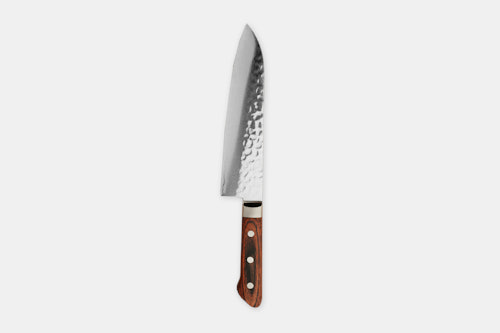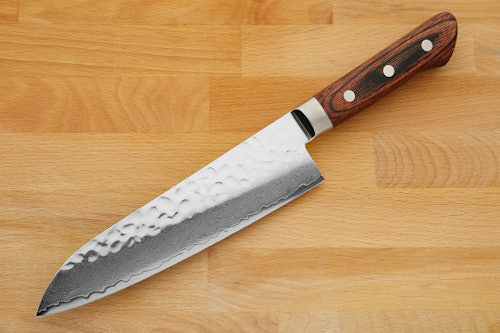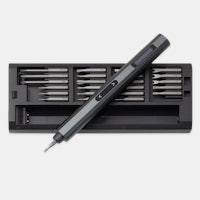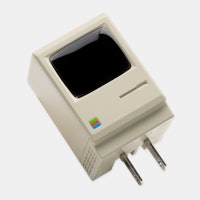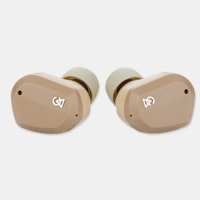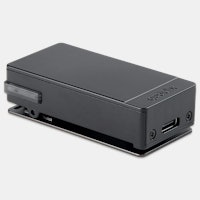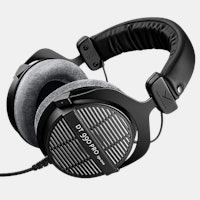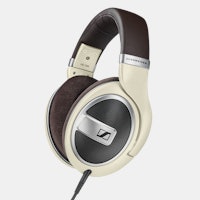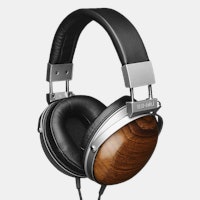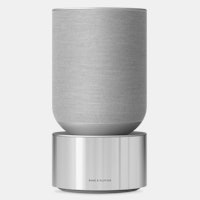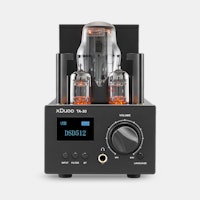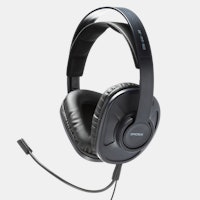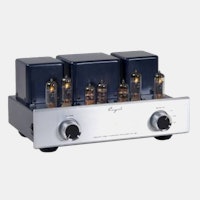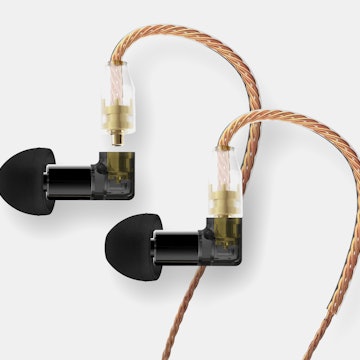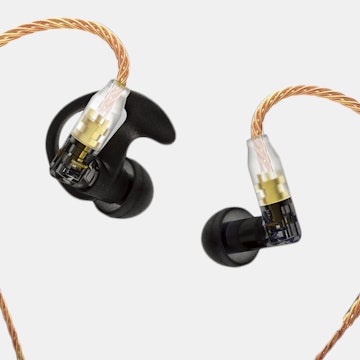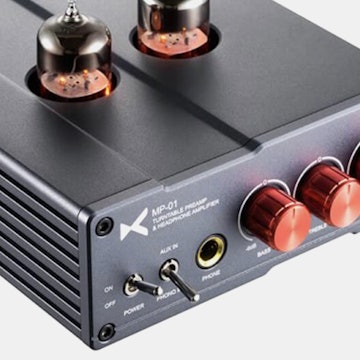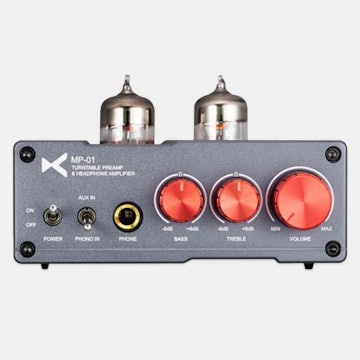Click to view our Accessibility Statement or contact us with accessibility-related questions










Kanemoto VG-10 Damascus Santoku Knife
Kanemoto VG-10 Damascus Santoku Knife
bookmark_border
Where's the price?
To negotiate the best possible price for our customers, we agree to hide prices prior to logging in.
1.6K requests
Product Description
Made in Japan, this kitchen knife features a blade made by Kanemoto from VG-10 Damascus steel, which is known for its edge-holding ability. The hammered texture on the flats gently transitions to the classic Damascus pattern towards the blade edge Read More

search
close
Sort by: Newest
keyboard_arrow_down
DankBallSackMan
10
Aug 9, 2020
Probably would of committed to this if it dropped a few weeks ago. Ended up getting a similar Sakai Takayuki Santoku on Amazon. Anybody use Kintaro knives before?

reswright
3852
Aug 9, 2020
If the bolster isn't the same material as the blade, it's not forged to shape -- it's diecut, ground and or welded to shape, which offers somewhat inferior performance over the long term. Forging realigns the steel alloy matrix, which was probably initially shaped by rolling the steel, to follow the curves of the knife instead of just running parallel the length of the knife -- this makes it harder for the steel to chip or crack from use. The bolster being one piece with the blade, as opposed to a couple hunks of steel welded into place on the tang, offers real improvements in blade strength overall.
Does any of that mean that you won't be able to cut celery with a diecut, welded knife like this that's had some bolsters tacked on to resemble a more premium type of knife? No, it's gonna cut celery too. You can cook with inexpensive diecut knives all day long, they're just going to make you work a little harder and be a little less resilient, it's not an injustice for the ages to have to do it, the worst you're gonna see is some tendonitis.
So why'm I pointing this out? Because frankly you should either just stick to an ok, inexpensive set of die cut chef knives or else pay extra for the performance forging gives you. Paying a halfway price for a knife that just looks a lot like it was properly forged isn't going to get you where you want to be, it's aspirational. You're just paying extra for the semblance of a better product and lining someone's pockets. And if you have someone like me over and wanna impress me with your new bougie knife set, I'll spend the evening feeling vaguely bad for you.
Two cents, but trust me, if you spend much time in the kitchen, it's two cents you're gonna need.
(Edited)

reswright
3852
Nov 13, 2020
Bullet points are like bold type. The more there are the less they catch the eye of the reader. 3 to 5 bullet points per list, max, or your reader starts skimming. Like so. ;)
There are a lot of cognitive reasons that converge on keeping the list that succinct.

reswright
3852
Nov 13, 2020
I guess there’s one more angle on it, being fair.
as much preference as I have for forged bolsters, to me it’s perhaps most important that it be a full bolster that reaches from the spine through to the edge of the heel but that aspect is purely related to use — it’s good for knife balance, and it’s better to have thicker steel right there because it can be crowned or beveled to be much easier on your forefinger when you’re using the knife for hours on end, like thanksgiving prep.
It doesn’t hurt that few companies bother to create a faux full bolster. Those are more expensive to ‘fake’ if you will. The semi or demi bolster is easier and the neck only bolsters easiest to pull off with welded bolsters. But the point is that the full bolster is not only a good sign, if you find a knife you like with one... you’re probably in good hands one way or the other.

Jaxon5
7
Aug 9, 2020
I agree with everything you've said! What meant was that I doubt the kanemoto was made in Japan, maybe the VG-10 was imported from Japan, but that's all, the price is just way to low for Japanese manufacturing.
(Edited)
KuroYariman
61
Sep 8, 2020
Jaxon5I’m no expert but that’s not even remotely true! The price reflects the manufacturing method more than the place. There are multiple Japanese knife makers that also make mass production knifes and some are made in the same shops as the high end specialty knives.
newtype0085
0
Jun 25, 2020
Yep, every day I carry a Japanese chef's knife with a 7" blade in my pocket.
Aaronkb
71
Jan 17, 2020
I think it’s hilarious that bc some genius decided the “blades” category wasn’t worth keeping around, 7 inch kitchen knives are now listed under “everyday carry” 😂😂😂

phoenixsong
1055
Jan 13, 2020
What's the HRC rating for this?
Edit: Also, weight and blade thickness to gauge user suitability in relation to application type, long-term comfort and balance
(Edited)
DirkG
42
Aug 27, 2019
This is odd, I bought this knife as a Sakai Takayuki Santoku.. multiple branding?
Showing 28 of 90
Recent Activity
